More information?
Make a requestGrowing tea
The beginning of tea: the tea plant
The process of making tea begins with growing the tea. Tea comes from the tea plant which has dark green leaves. The tea plant grows best in a tropical or subtropical climate with temperatures between 10 and 30°C and a fertile soil.
The plantation: from cutting to plant
Tea is grown in plantations, often located on a hillside. The higher the location of the plantation, the better the quality of the tea. The tea leaves grow slower there which improves the quality. It takes about four years before a tea plant is mature or ready for plucking.

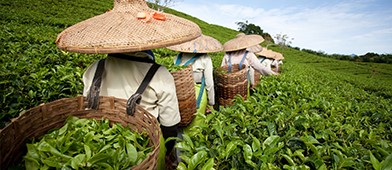
Harvesting tea
When the tea plant is approximately four years old, harvesting can begin. The leaves are plucked by hand – they are removed with a downward movement of the thumb and placed in baskets which each plucker carries. In some regions, the traditional hand plucking method has been replaced by the mechanical method.
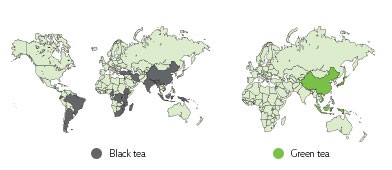
Where does my tea come from?
The main tea producing countries are India and China. Other countries in Asia where tea is produced are: Sri Lanka (Ceylon), Indonesia (especially Java and Sumatra), Vietnam and Japan. In Africa, Kenya is by far the largest tea producer above Malawi, Uganda and Tanzania. In addition, in Europe Turkey is the largest tea producer and tea is also produced in various countries in South America.
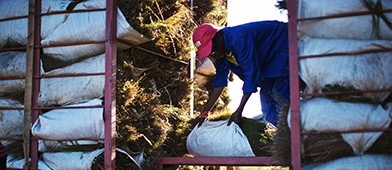
Processing tea
After harvesting, the tea leaves are taken in large bags to the factory on the plantation. The methods of processing the tea vary per region, but the process always consists of four basic elements: withering, rolling, fermenting and drying. The tea is then sorted and packed. This processing of the tea always takes place in the country of origin.
The process

Step 1:
Withering
During withering, the leaves lose 40 - 50% of their liquid.
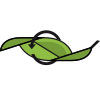
Step 2:
Rolling
The tea leaves are then rolled for about half an hour between two horizontal abrasive surfaces.
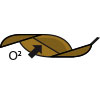
Step 3:
Fermenting
During fermentation, air at a temperature of 25°C is blown through the tea with a humidity level of 95%.
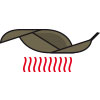
Step 4:
Drying
By drying the leaves, the oxidation process is stopped.
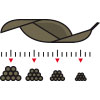
Step 5:
Sorting
After drying, the tea is sorted according to the coarseness.
Step 6:
Packing and transporting
The tea is well packed to protect it from outside influences during transportation.
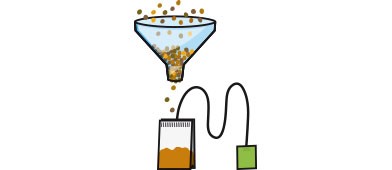
Blending
There are many factors which influence the taste of the natural product tea, for example the country of origin, the period when the tea is plucked, and the weather conditions to which the tea plant has been exposed. To ensure that Pickwick tea has a consistent flavour and quality, after harvesting and processing, our blender assesses the tea. He selects the types of tea and mixes them into blends of which the flavour and the character meet the guidelines of Pickwick. In order to produce a consistent end product, a blender mixes as many as 20 to 30 different types of tea.
The blend can be immediately packed in the packing department, but can also serve as a basis for flavoured tea. Examples of flavoured teas are Pickwick Forest fruit and Pickwick Green Tea Lemon. For these blends, the tea is mixed with pieces of fruit and natural aromas. Mixing herb blends, to which no tea is added, takes place in the same blending installation as for blending flavoured teas. After mixing, the flavoured teas and herbal teas, as applies to the other blends, are packed in teabags in the packing department.